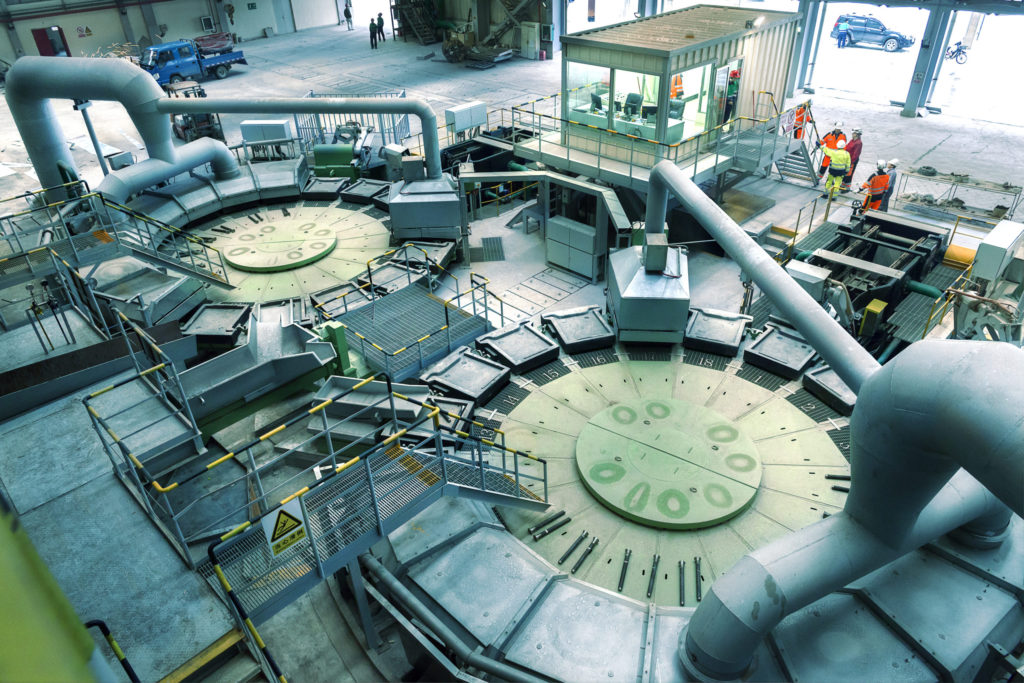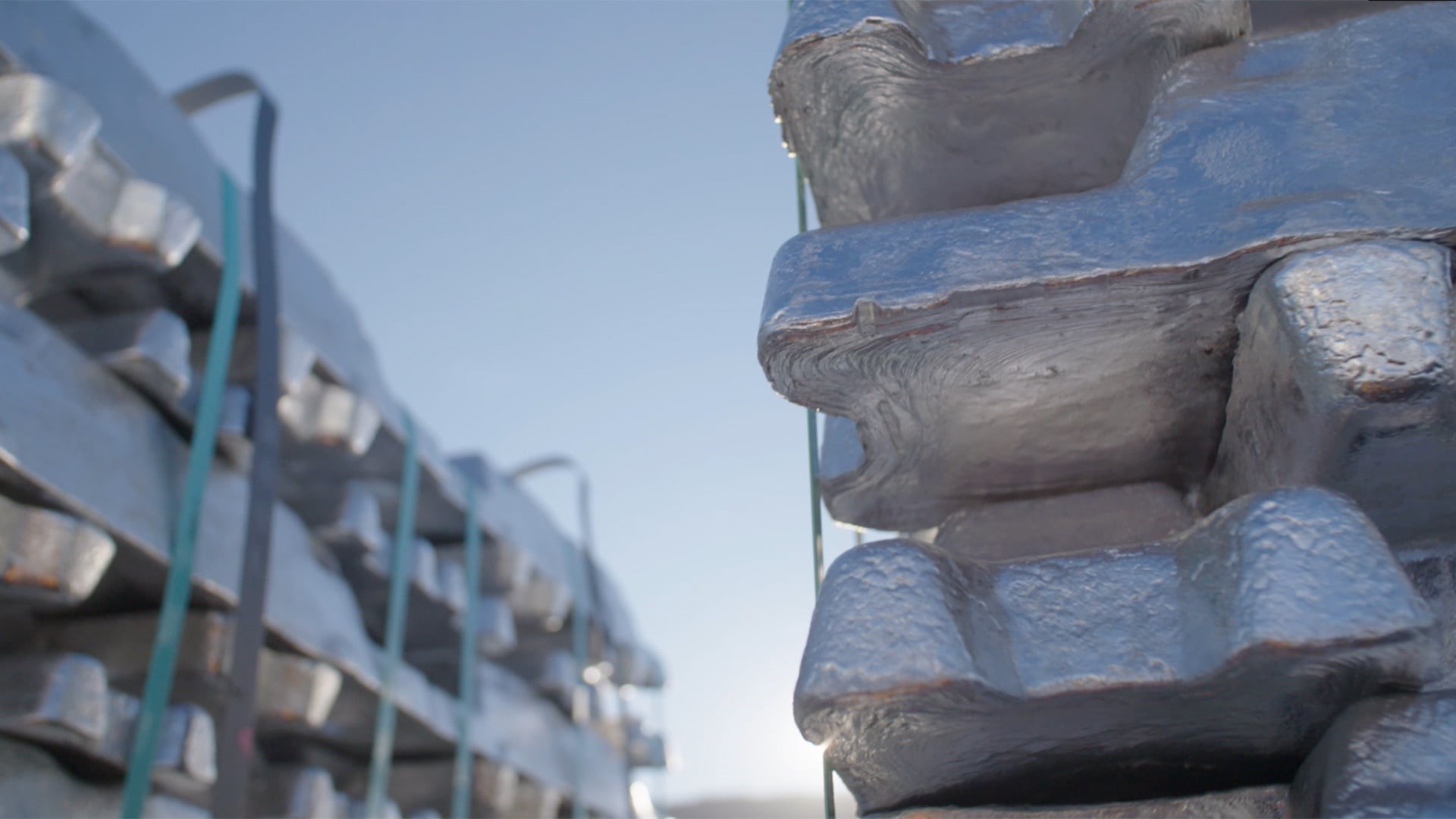Column: Funds cut bear bets on copper as China recovery hopes grow

(The opinions expressed here are those of the author, Andy Home, a columnist for Reuters.)
The bear attack on copper seems to be over for now.
Fund managers have reduced their short positions on both the CME and London Metal Exchange (LME) copper contracts over the last two weeks as China gradually emerges from lockdowns.
Beijing’s zero-covid policy hurt both manufacturing activity and end-consumer demand in the first half of the year. But the lifting of lockdowns, particularly in Shanghai, and a shift in policymaker focus towards reviving economic growth hold out the promise of recovery in the world’s largest copper buyer.
Quite how strong that recovery will be, though, remains a keenly debated topic in the industrial metals sector.
[Click here for an interactive chart of copper prices]
That uncertainty is why fund managers have been actively reducing short exposure but show no inclination yet to play copper from the long side.

Bears retreat
Money managers are still short of the CME copper contract but the net bear positioning has been reduced from 17,736 contracts in the middle of May to 9,588 as of the latest Commitments of Traders Report.
All of the action has come from short-covering, which in part reflects the symbiotic relationship of price and algo-driven fund trading.
LME three-month copper bounced strongly from a May 12 low of $8,938 per tonne to a Monday high of $9,916, stopping out bear short positions on the way.
The collective fund short position in London has been cut from nearly 29,000 lots on May 18 to just 11,300, according to LME broker Marex Spectron, which uses its own methodology to assess speculative flows. Expressed as a percentage of open interest, the collective bear bet has been slashed from 20% to 8% in the London contract.
However, there is no evidence that funds are yet prepared actively to buy into the China recovery story.
Outright long positions on the CME contract have barely moved over the last month and “limited risk appetite” remains a defining feature of copper and the other LME metal markets, Marex noted in its Tuesday daily briefing.
A tentative recovery
That includes China itself, where market sentiment is oscillating with the policy tug-of-war between coronavirus containment and economic growth.
The contraction in the country’s manufacturing sector appreciably slowed in May, judging by the improved readings in both official-sector and Caixin purchasing managers indices.
A package of 33 stimulus measures to revive the economy included more spending on infrastructure, a key end-use driver for copper demand.
However, the outlook for China’s property sector, the other powerhouse of domestic copper consumption, is decidedly cloudy.
The strength of any recovery remains highly uncertain because it will be determined by Beijing’s ongoing battle to contain the Omicron variant of the coronavirus. More lockdowns spell more trouble for copper demand.
Short of copper?
However, even a moderate-paced recovery in Chinese copper demand through the end of the year could catch out a domestic market that seems to be running physically short of metal.
Shanghai Futures Exchange (ShFE) inventories have shrunk from a Lunar New Year peak of 167,951 tonnes to 43,347 tonnes.
The ShFE forward curve is backwardated through the December 2022 contract in contrast to the London market, where the benchmark cash-to-three-months spread is trading around level.
Domestic supply has been stuttering as China’s smelters battle with logistics and worker availability during rolling lockdowns.
National refined copper output slid by almost 1% over the first four months of this year, according to state research house Antaike.
The physical premium for copper in Yangshan, a closely-watched indicator of China’s import appetite, is currently assessed at $63.50, compared with close to zero in March.
Yet China’s net imports in April of 227,000 tonnes were the lowest since August 2021. Exports of 61,000 tonnes, counter-intuitively given the arbitrage, were the highest monthly tally since July 2016.
Apparently, many in China itself remain unconvinced about the strength of the coming rebound.
No buy-in
The copper market narrative around China is switching from bearish to bullish as the country takes tentative steps out of mass lockdowns.
Shanghai copper inventory and curve structure suggest a domestic market that is not yet prepared for a significant rebound in demand without a shift change in imports.
That is an enticing prospect for copper bulls.
But it’s clear that the fund community is yet to be convinced. The speculative bears may be retreating. But fund bulls remain conspicuous by their absence.
(Editing by Edmund Blair)
{{ commodity.name }}
{{ post.title }}
{{ post.date }}

Comments